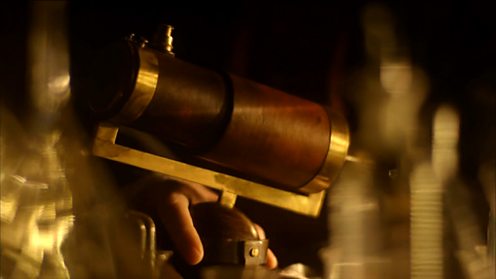

This was just one of the times Newton tried to outdo Hooke. But Newton’s first law of motion sounded suspiciously like Hooke’s theory. Over a decade later, Newton published Principia, which revealed his theories on calculus and universal gravitation, and his three laws of motion. Arch-rival Robert Hooke had published a book An Attempt to Prove the Motion of the Earth from Observations in 1674, in which he wrote, “All bodies whatsoever that are put into a direct and simple motion, will continue to move forward in a straight line, till they are by some effectual power deflected.” Only after his death was a description of the device found among his papers.ĭuring this time, Newton also crucially came up with what many consider to be the foundation of modern-day physics, publishing Philosophiæ Naturalis Principia Mathematica in 1687. The reflecting device he invented to observe the distance between the Moon and stars was essentially the same as the subsequent Hadley’s quadrant – an important navigational instrument used in shipping – but only astronomer Edmond Halley recognised the genius of Newton’s ideas. (Photo by Oxford Science Archive/Print Collector/Getty Images)ĭevoid of distractions, unshackled from the constraints of university life, Newton explored numerous different areas of science, from alchemy (the medieval forerunner to chemistry) to astronomy.

Founded in 1660, the Royal Society had rooms in Crane Court from 1710-1782. Isaac Newton is in the President's chair, and the mace of the Royal Society, granted by Charles II, is on the table in front of him. Pride dented, Newton retreated back into isolation.Ī meeting of the Royal Society at Crane Court, Fleet Street, London. The feedback wasn’t good, and Newton didn’t take well to the criticism – particularly from Robert Hooke, who was to become one of his greatest rivals. Though he came up with the concept that white light is composed of a spectrum of colours, his muddled methodology confused fellow scientists who tried to replicate his results – without success. Coffee, plague and the Great Fire: the pleasures and perils of living in Restoration Londonīut Newton’s success was short-lived.So Newton plucked up the courage to share his theories on light and colour. He found that this simple switch created a telescope that was ten times smaller than traditional ones and much more powerful.Įlated at his discovery, he approached the Royal Society – an elite group of scientists that met at Gresham College in London.



 0 kommentar(er)
0 kommentar(er)
